The Staten Island Historical Society’s Alice Austen Collection
The Alice Austen photograph collection, with more than 7,500 original prints and negatives, is one of the Staten Island Historical Society’s most significant and best-known holdings. Alice’s carefully composed images capture decades of life not only in her native Staten Island but on her extensive travels, including several trips through Europe.
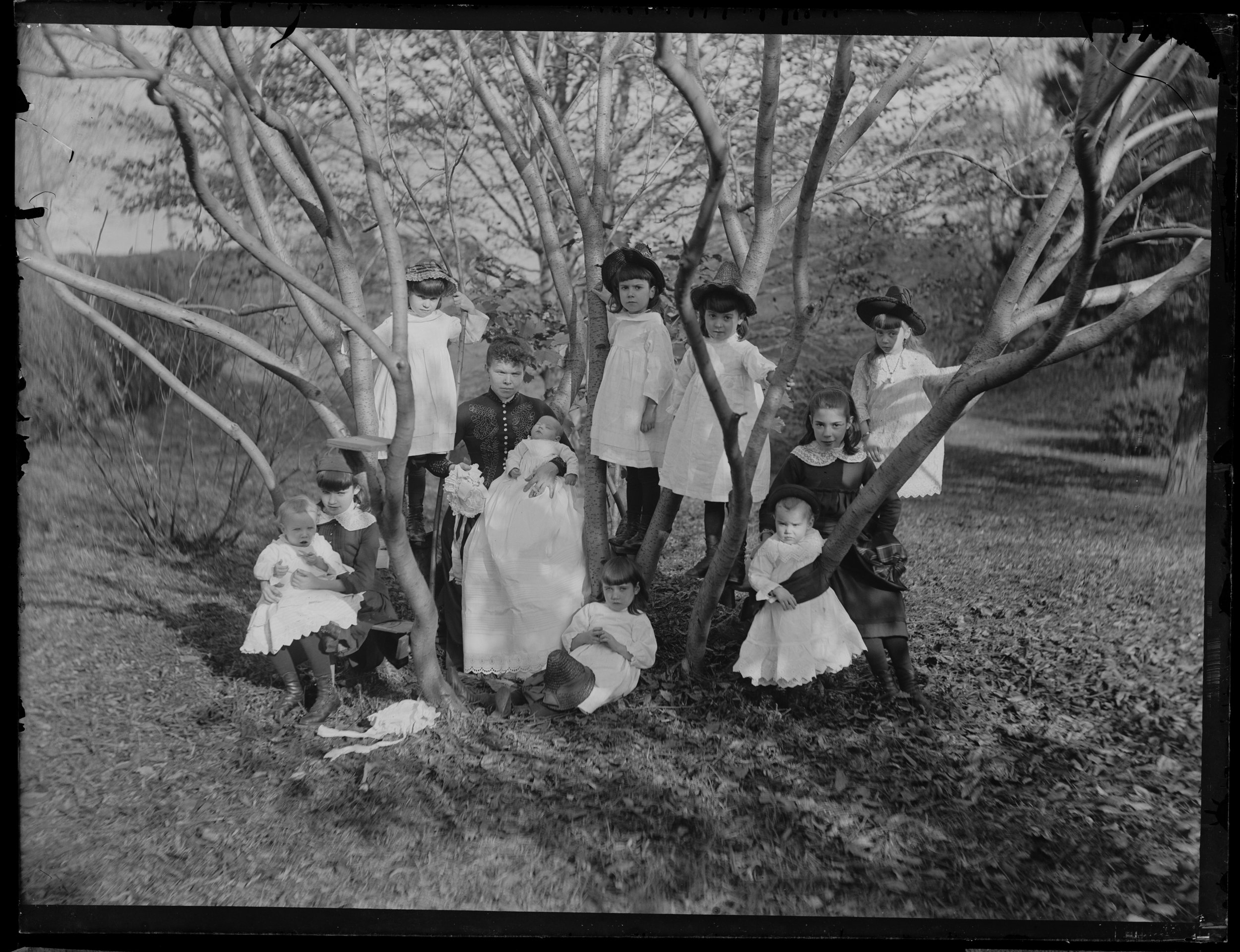
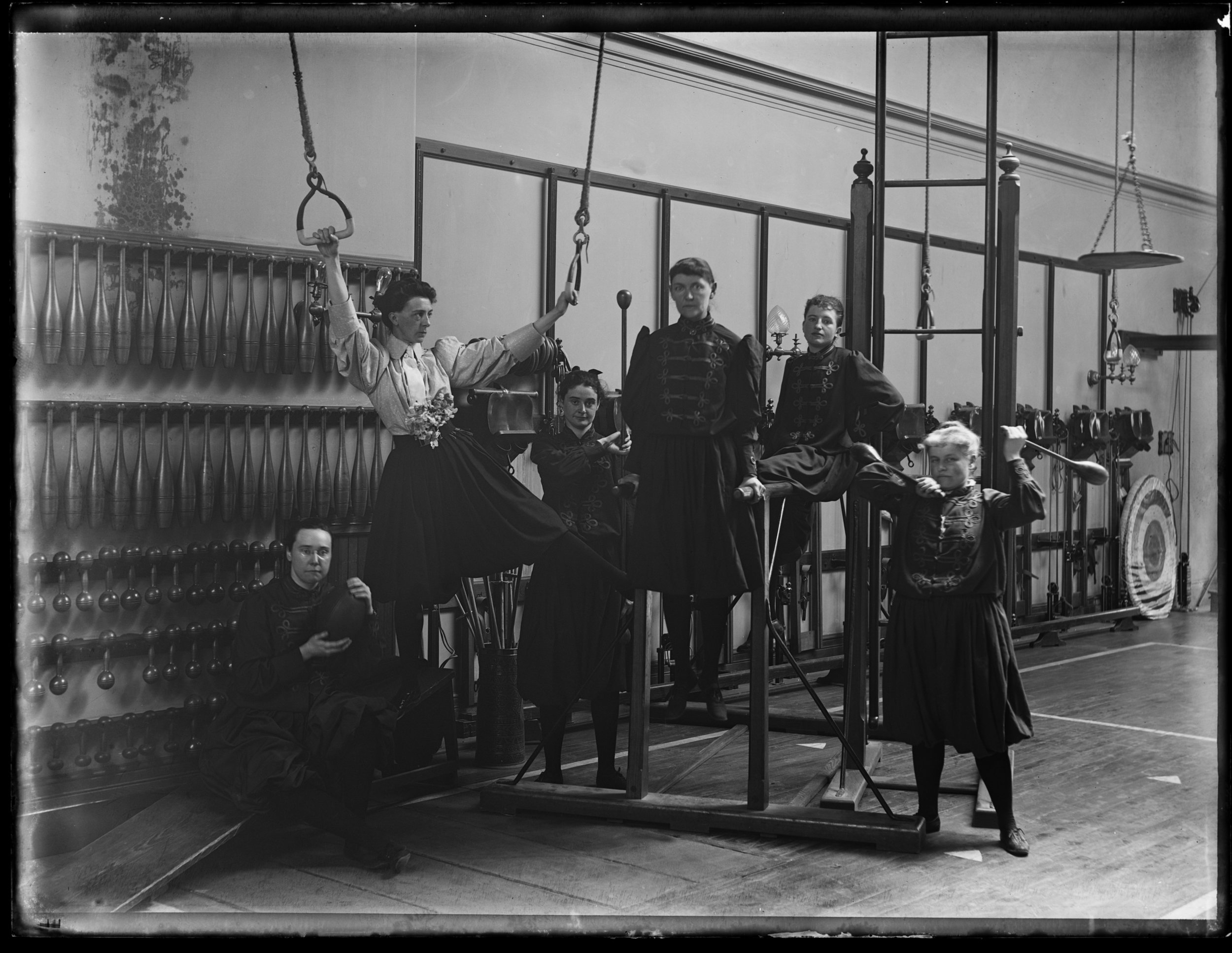
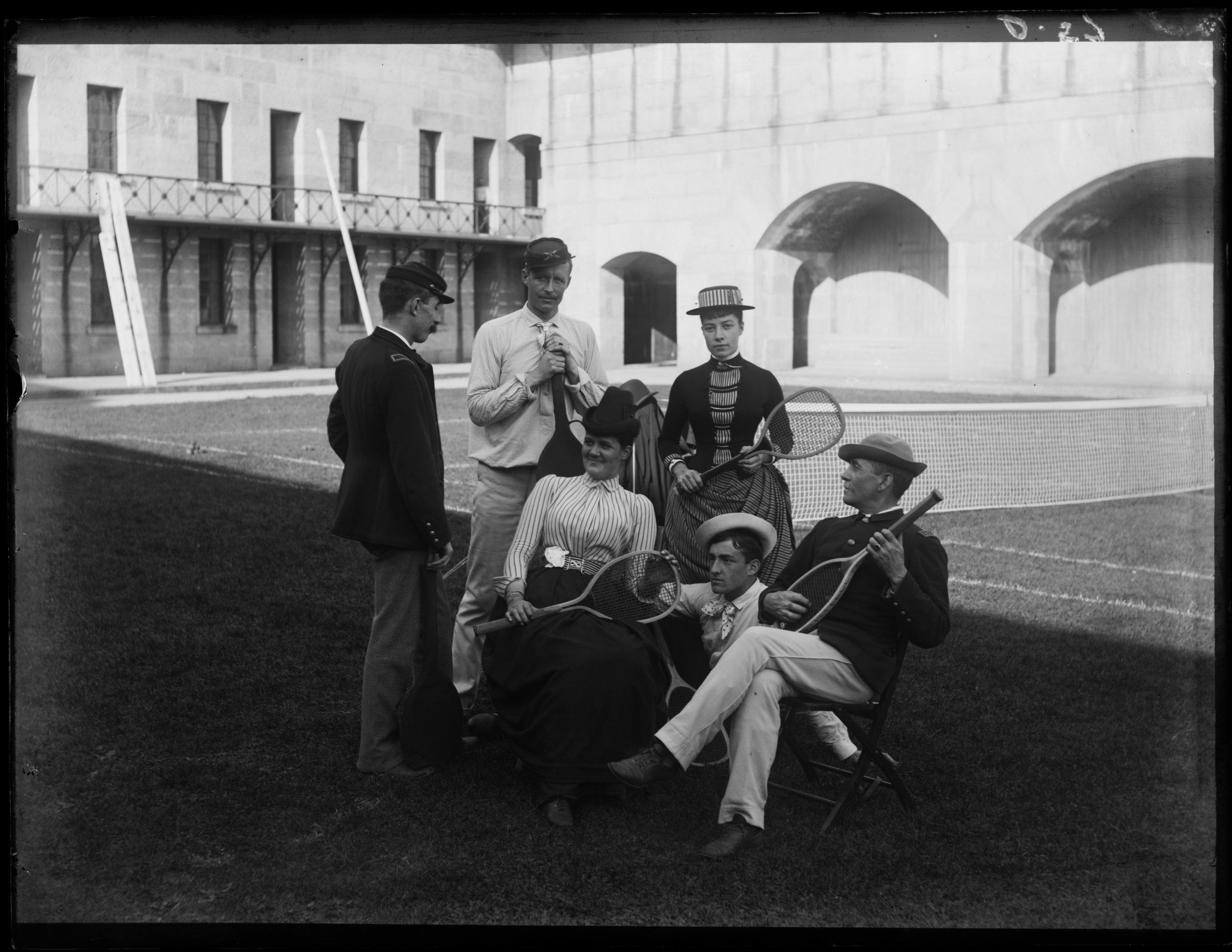

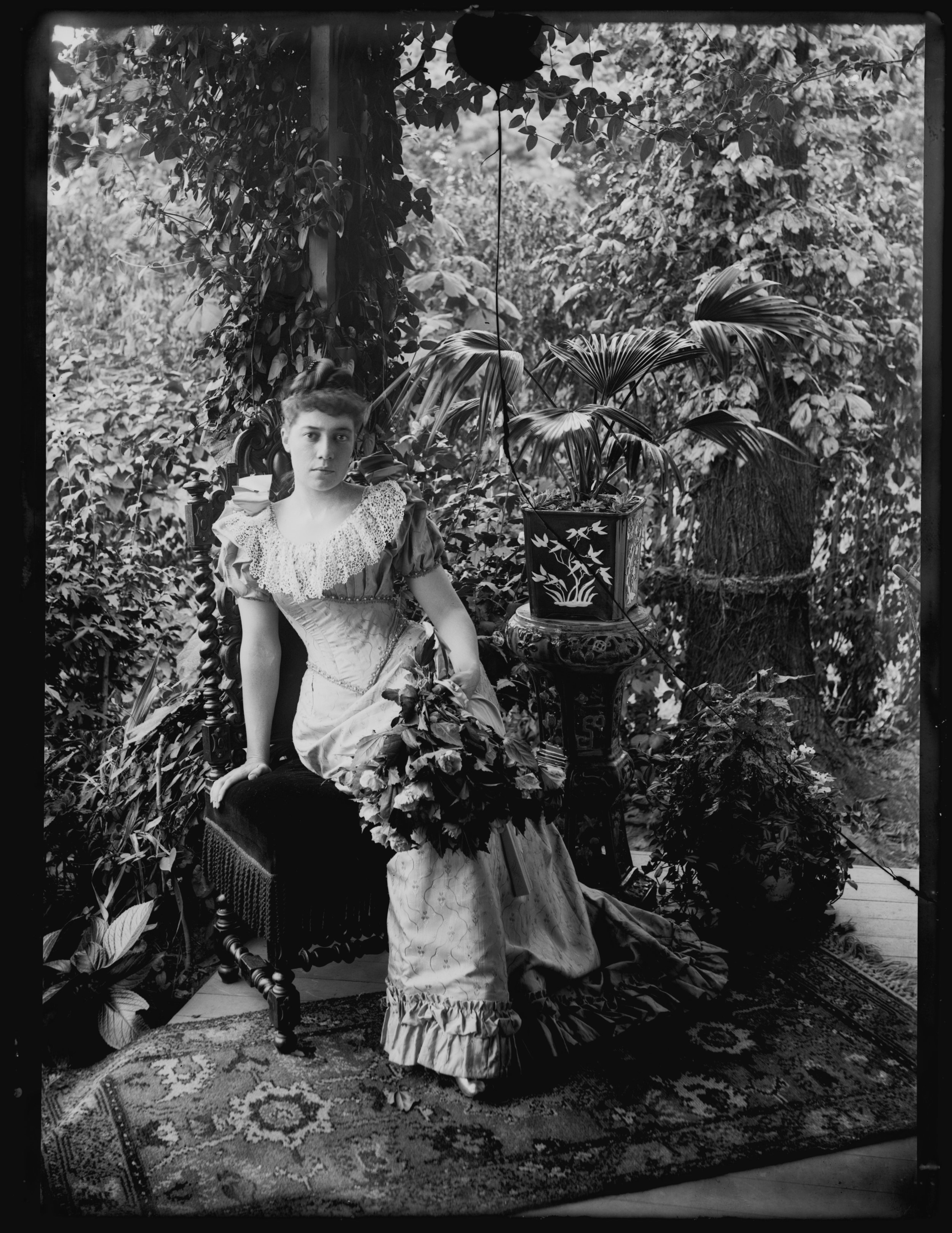
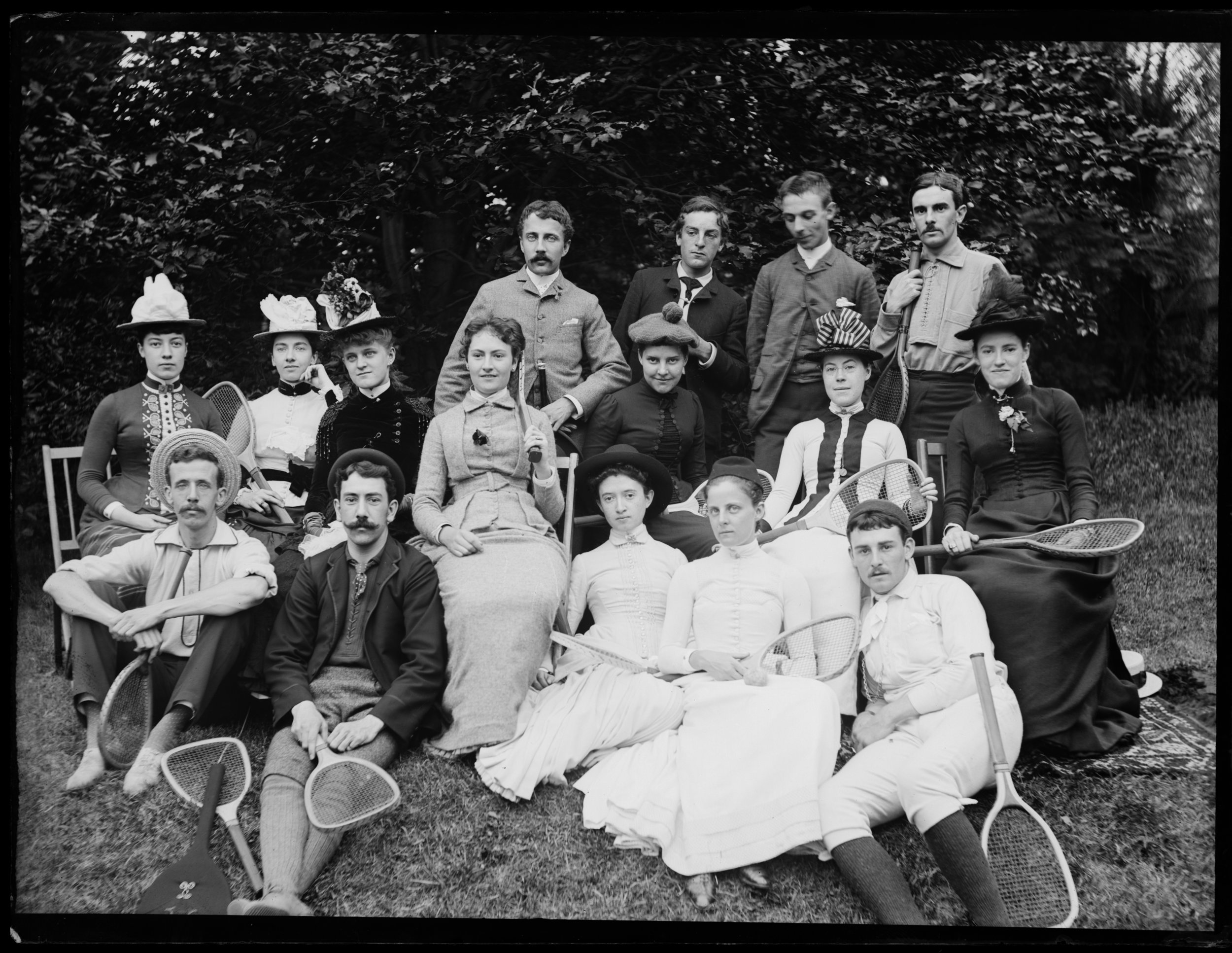
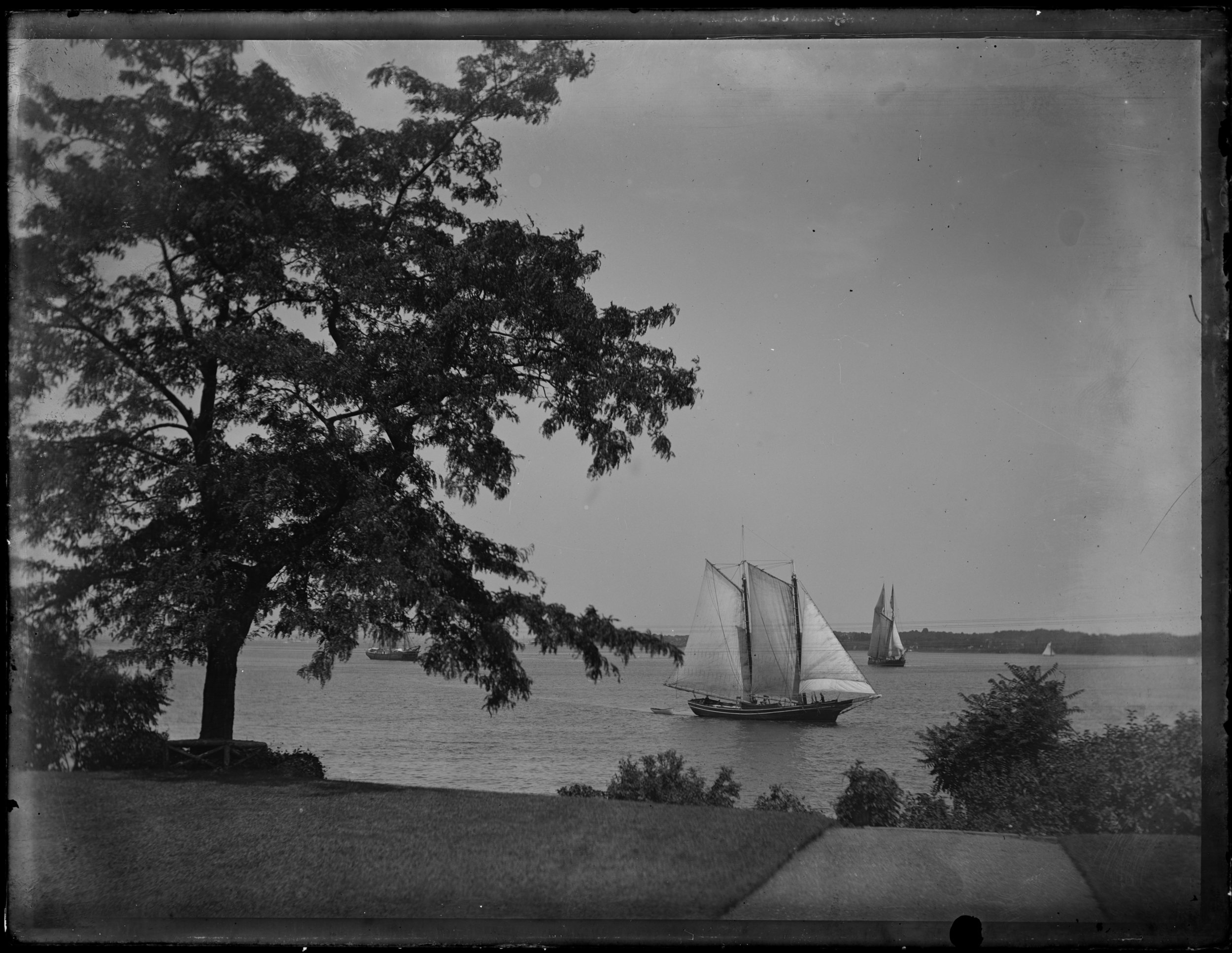
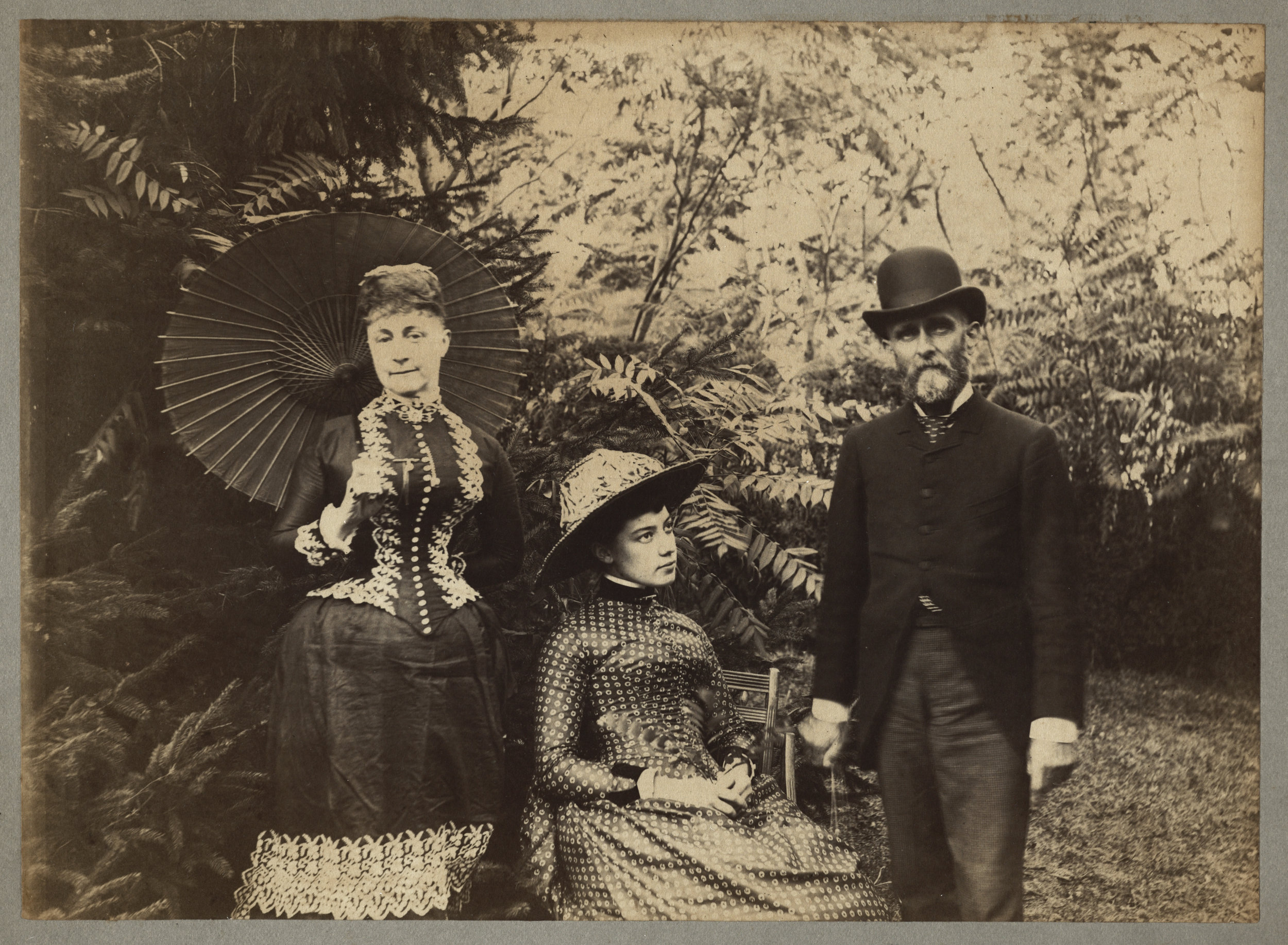

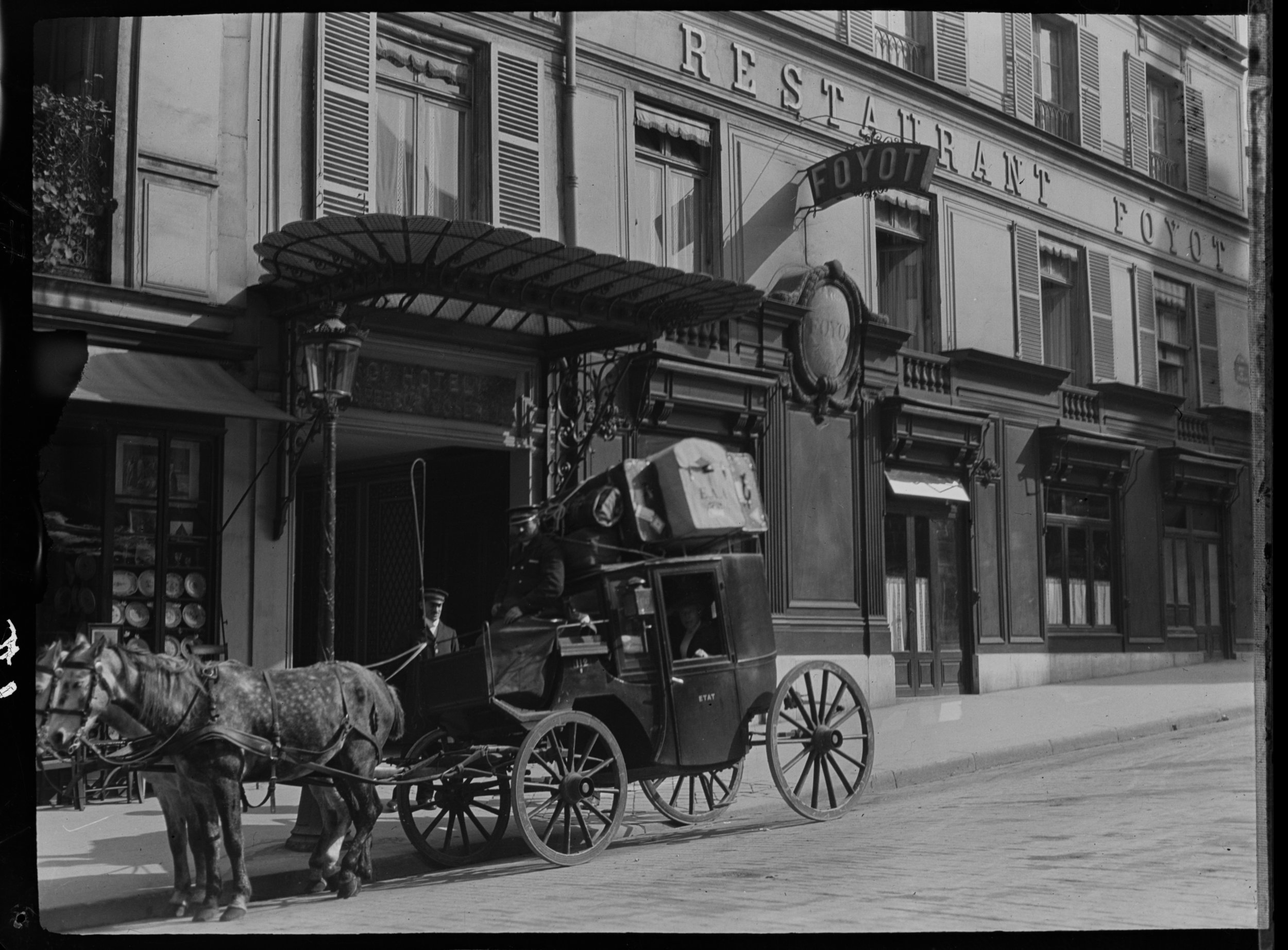
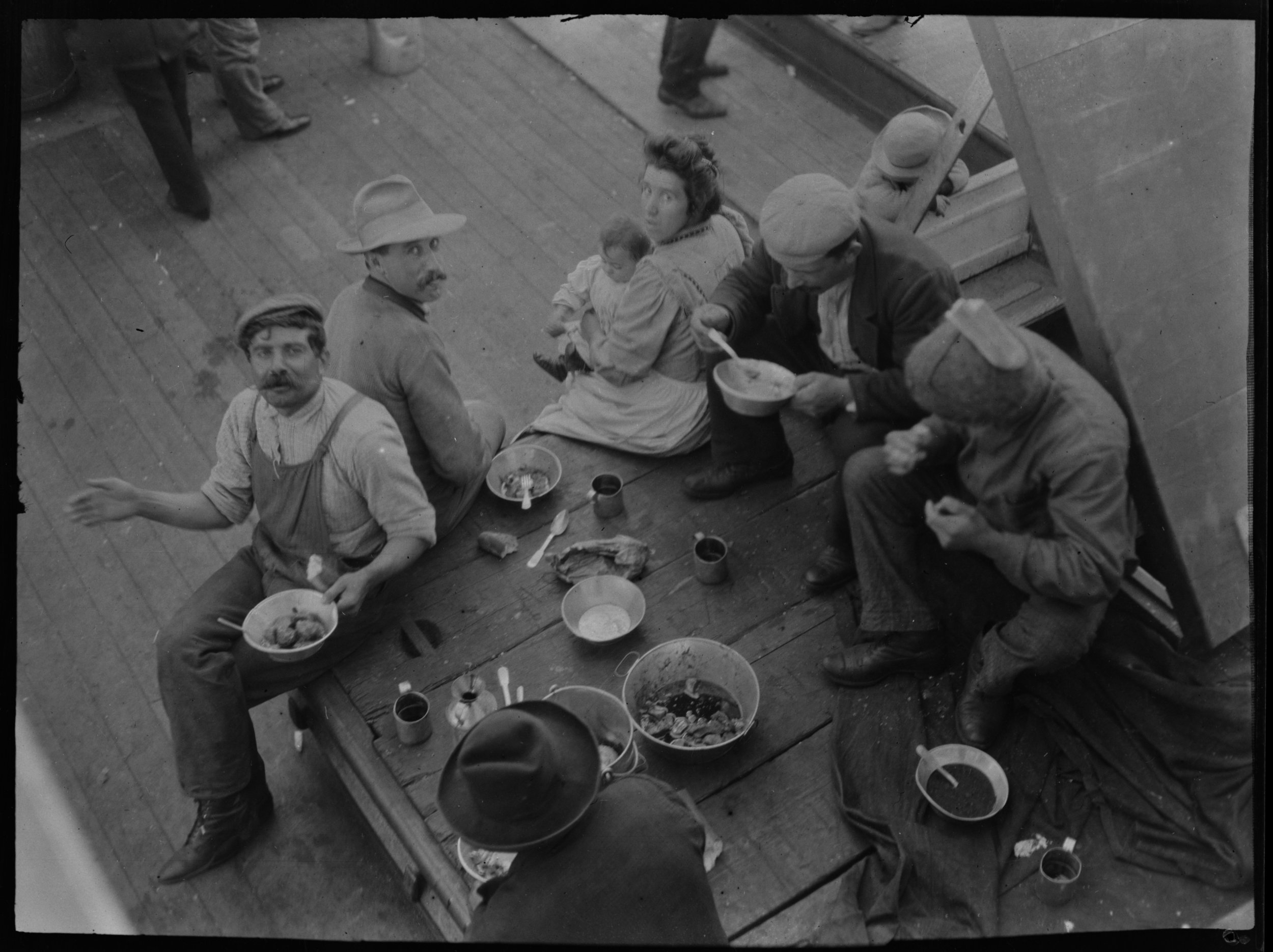


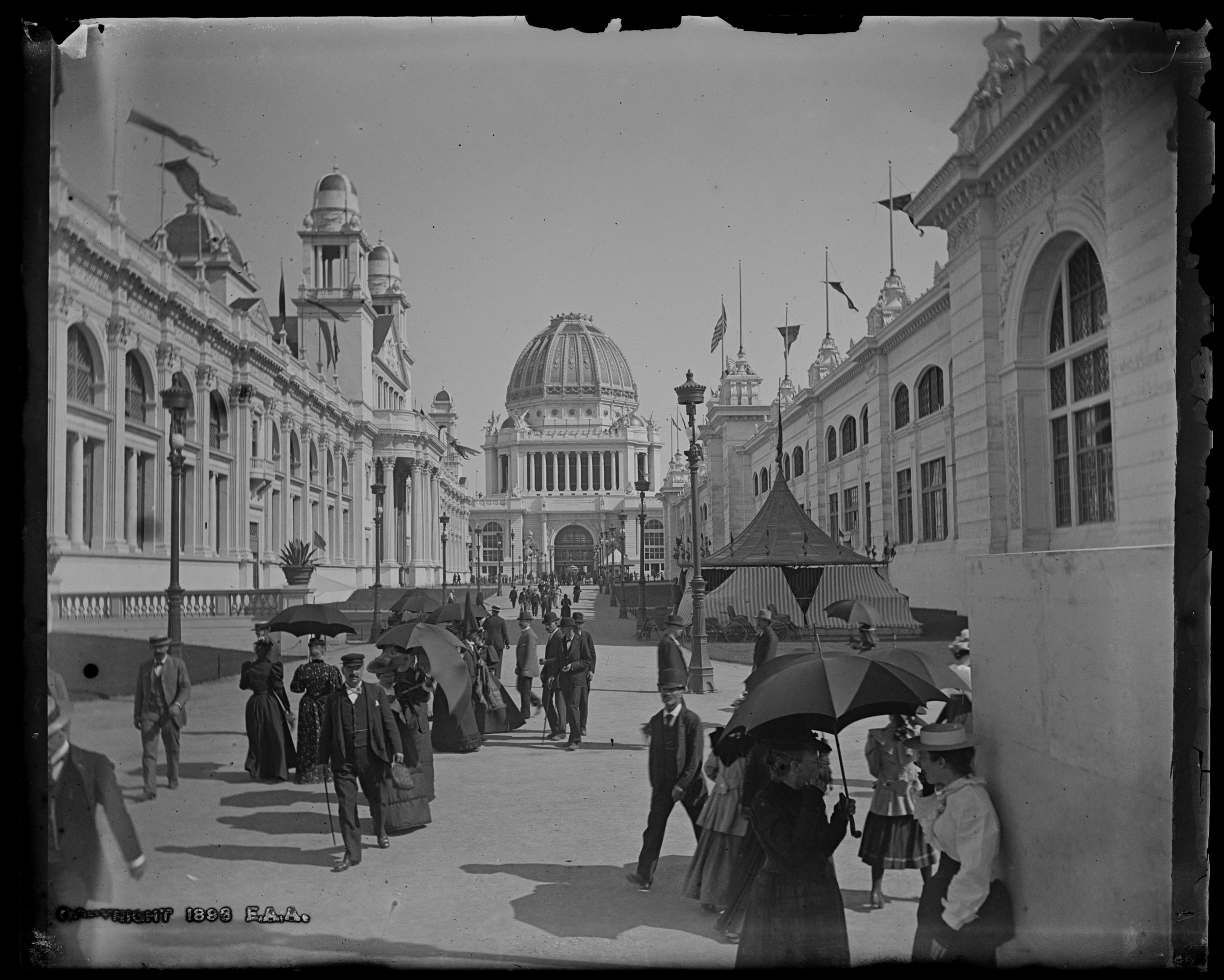
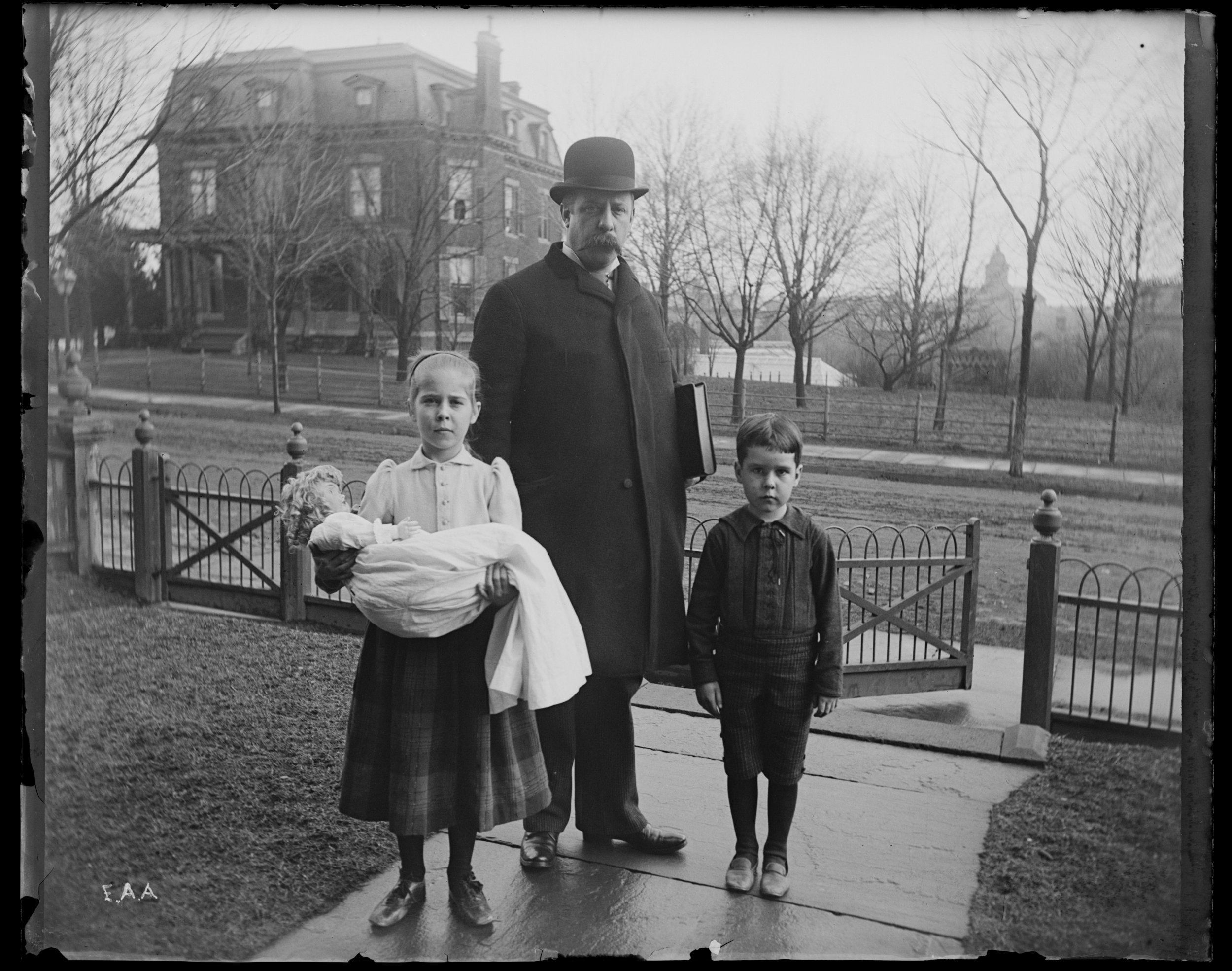
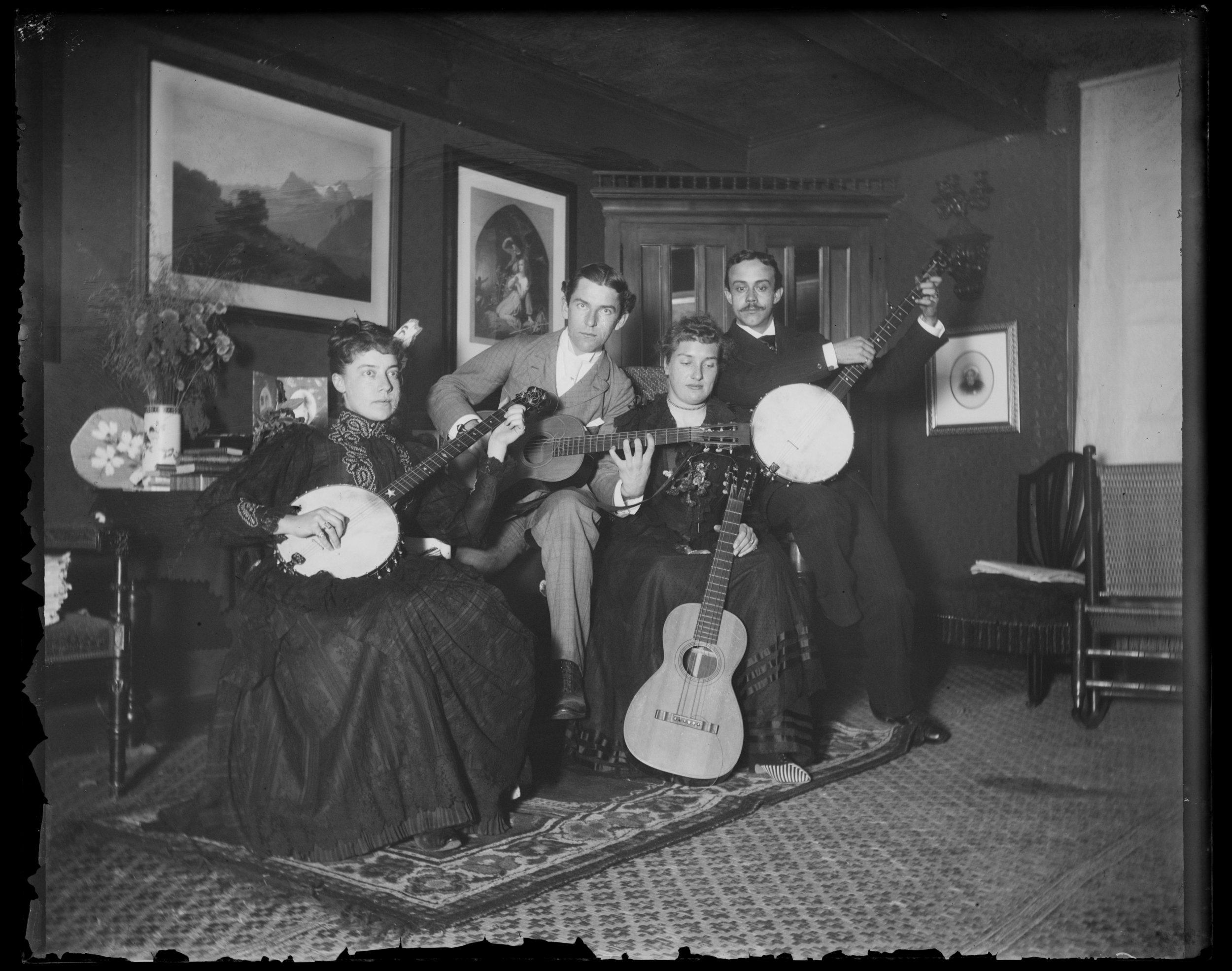
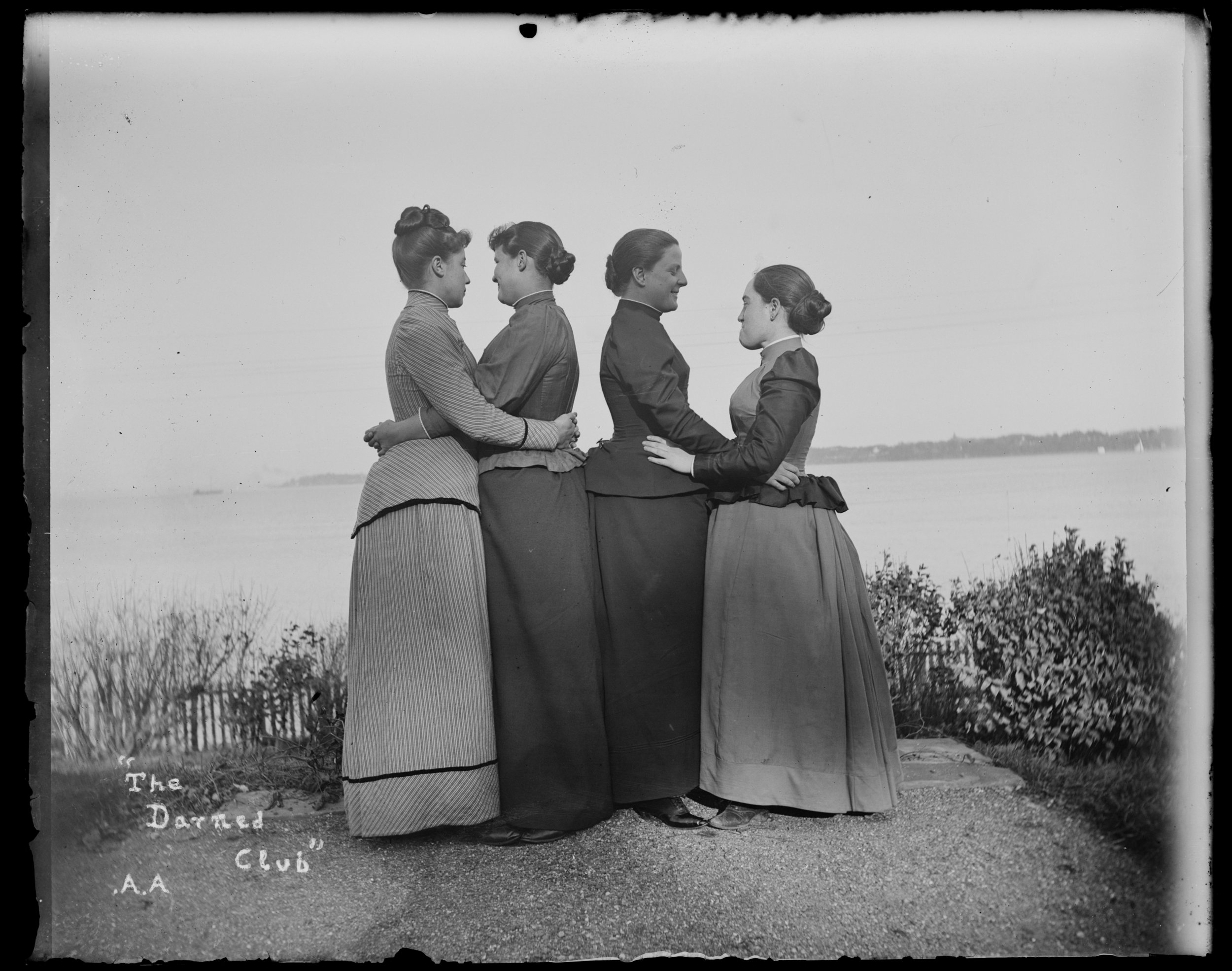


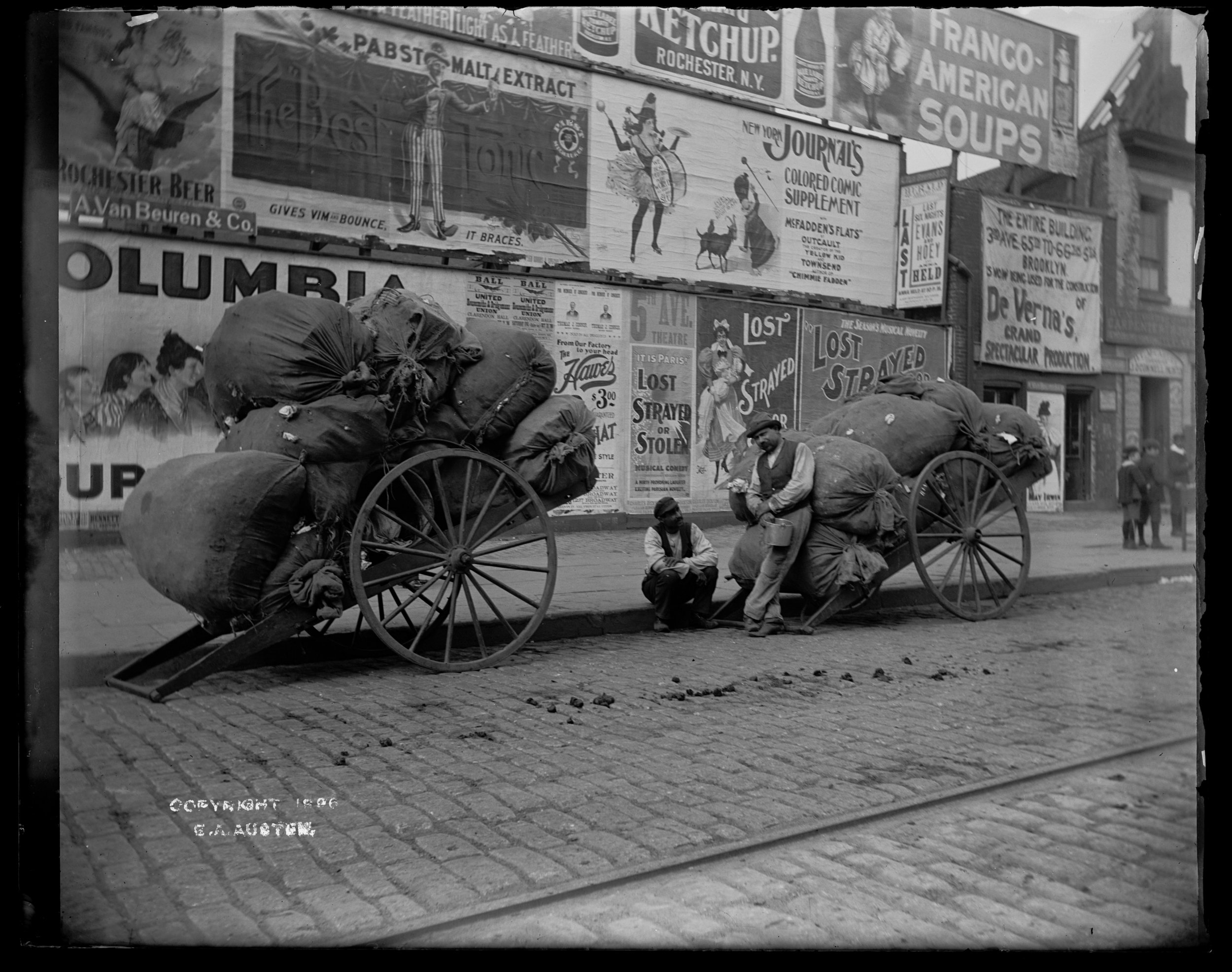
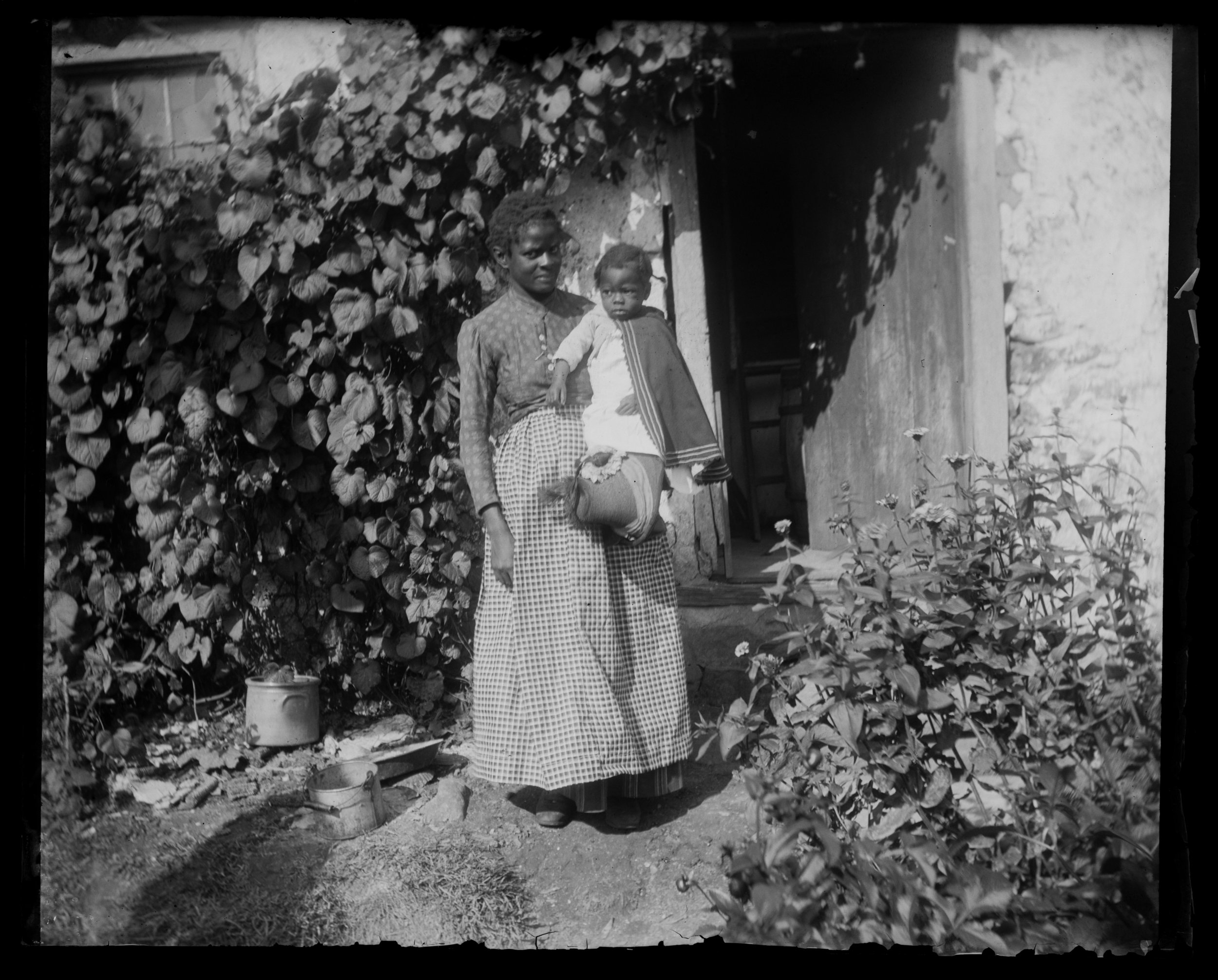
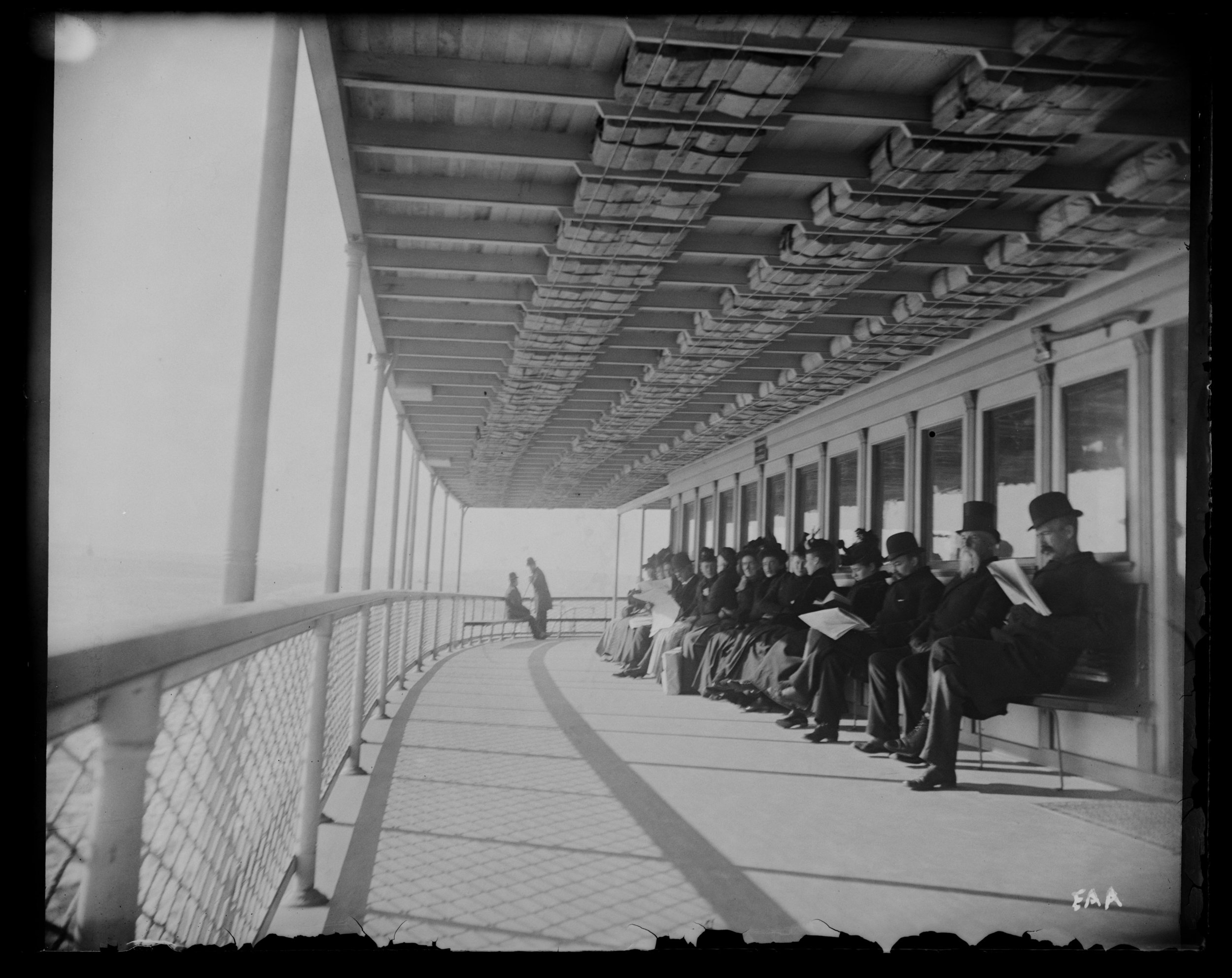
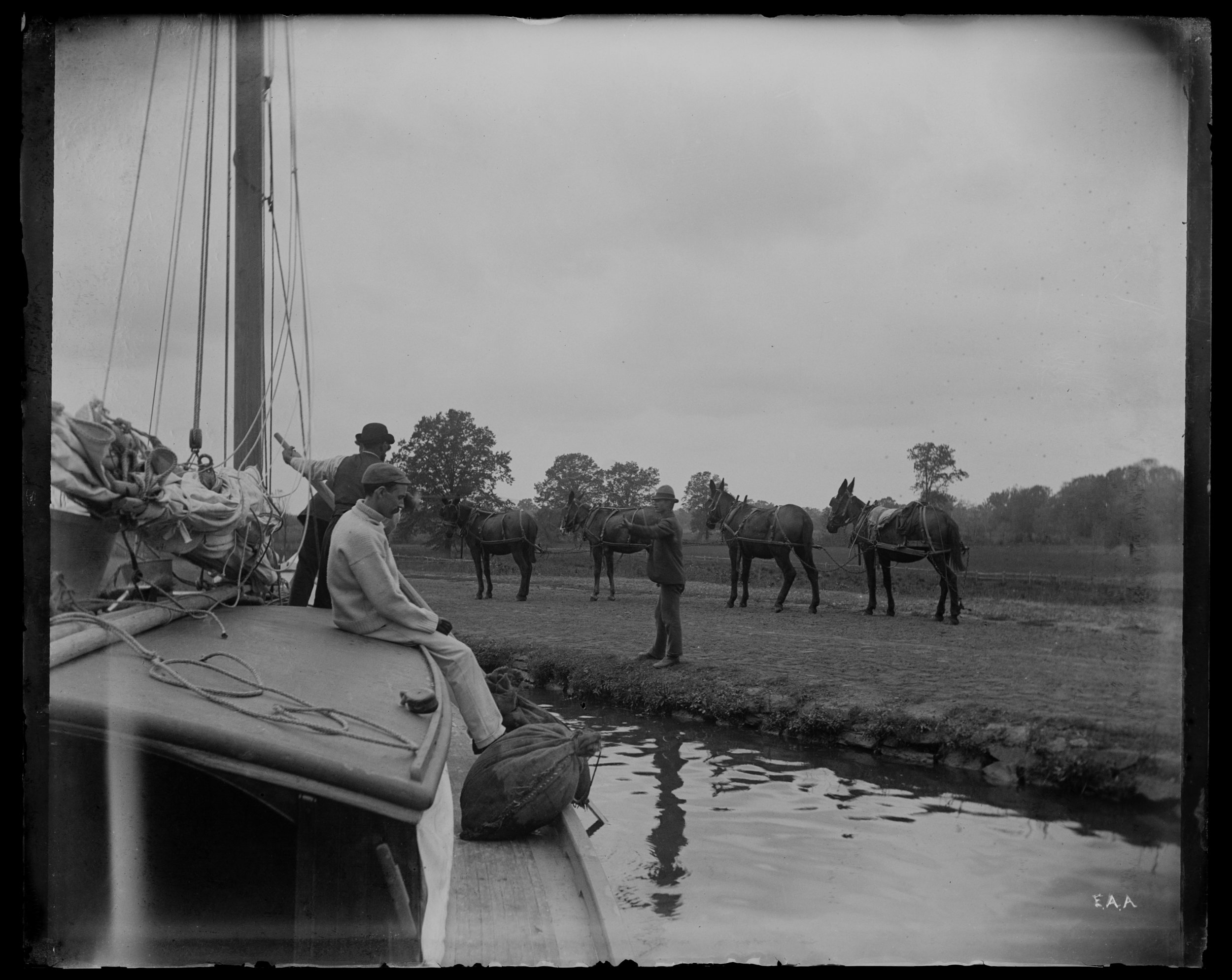
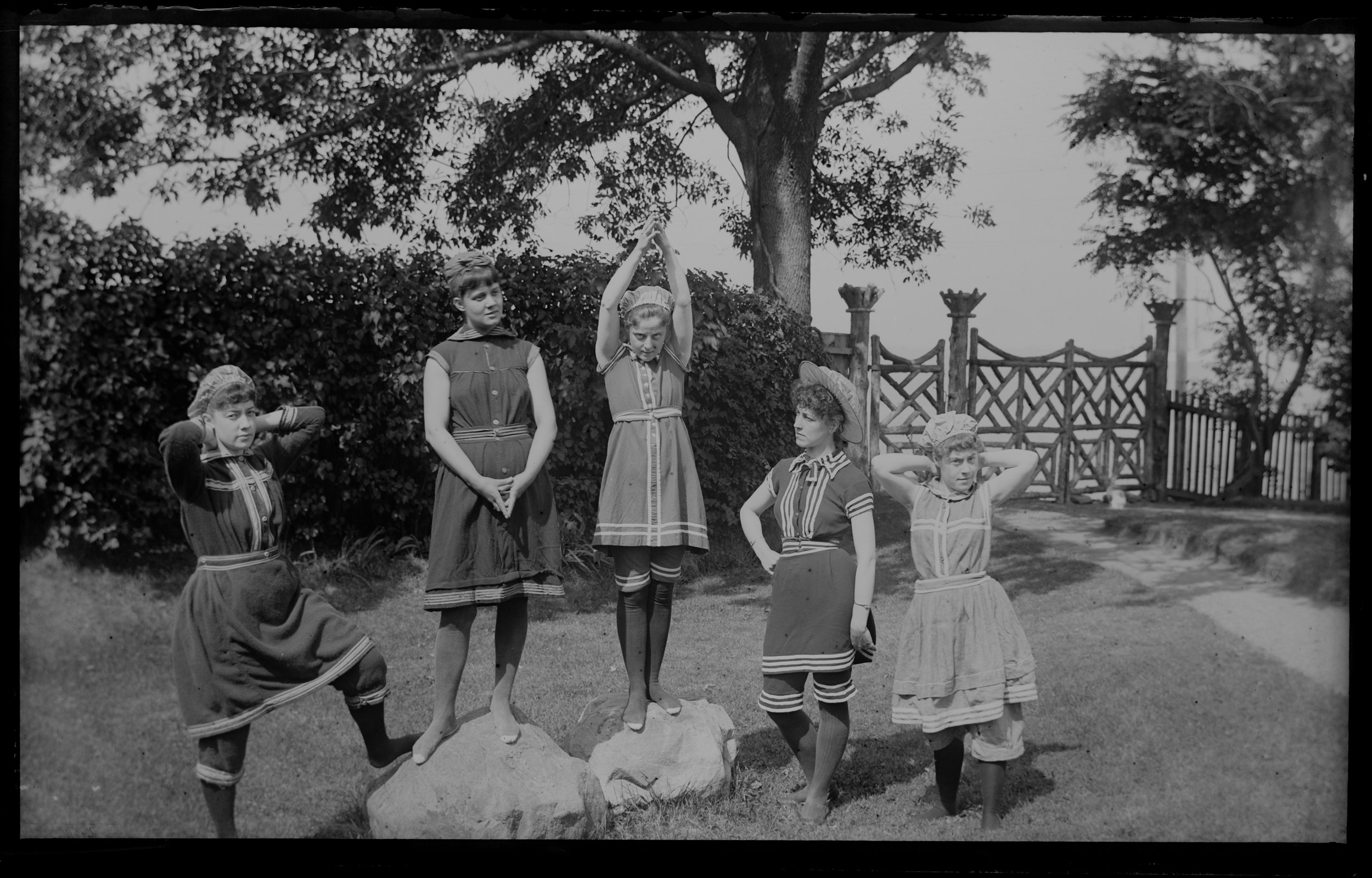
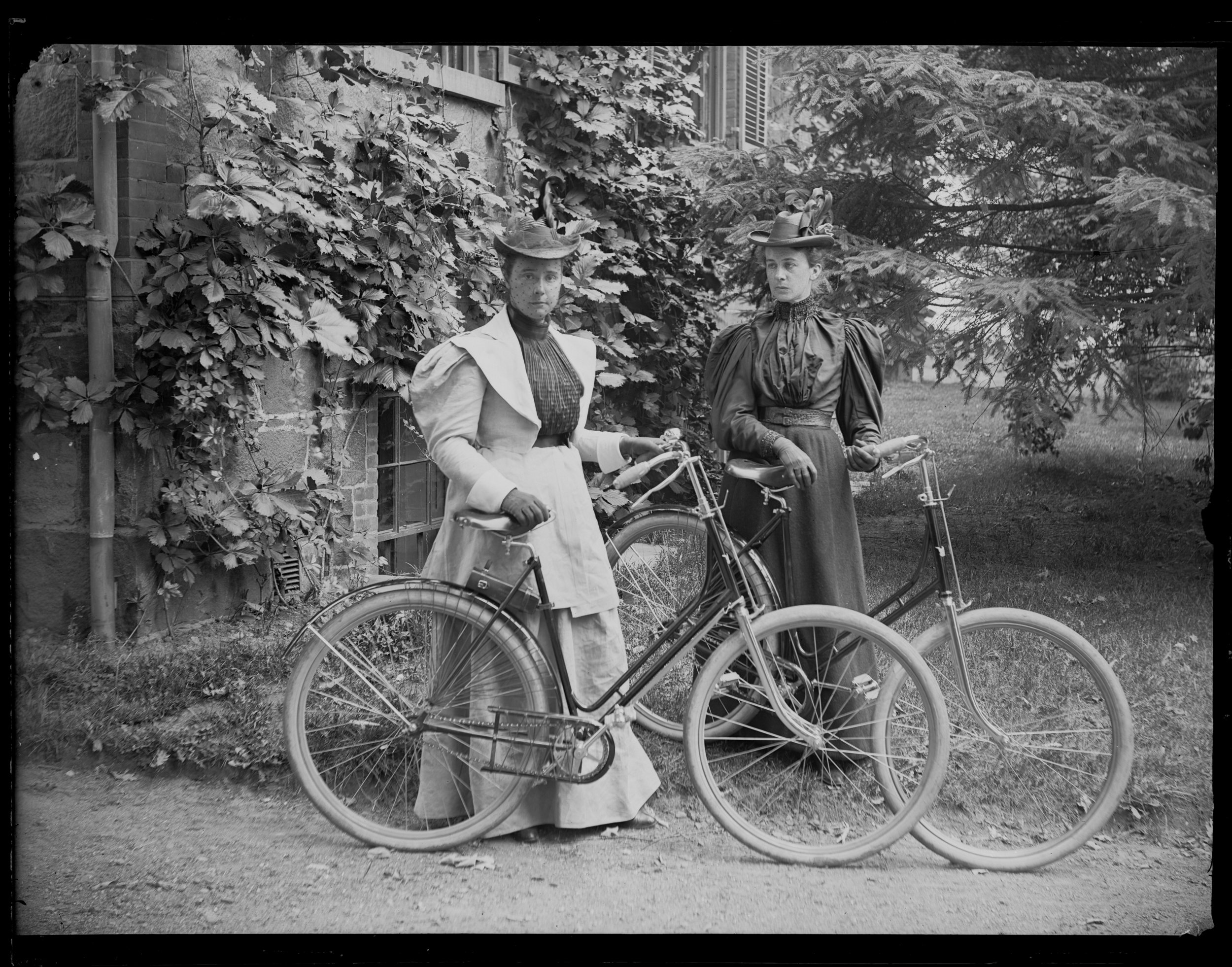
Alice Austen was born on Staten Island on March 17, 1866, and she developed her interest in photography as a teenager. Her natural talent was encouraged by her uncle Oswald Muller, a ship’s captain, and her uncle Peter T. Austen, a professor of chemistry at Rutgers College in New Jersey. Uncle Peter was a photographer himself, even teaching a course in photography at Rutgers, and he provided instruction to Alice as she learned to develop and print her own glass plate negatives.
Alice’s photographic skills and eye for composition are readily evident in her early photographs, many of which capture what she called “the larky life.” In posed vignettes and carefully arranged portraits, she recorded happy gatherings with friends and family, particularly in the 1880s and 1890s. Hundreds of her photos document the exterior, interior, and grounds of her beloved family home, Clear Comfort, located on the Staten Island shoreline in the Rosebank neighborhood.
Alice was an avid sportsperson, and many of her photos document her interest in tennis, bicycling, swimming, boating, and golf. She was an active member of the Staten Island Ladies’ Club and the Clifton Tennis Club, where she competed in tournaments, and she and her friend Maria E. Ward (nickname Violet) founded the Staten Island Bicycle Club in 1895. In 1896, Violet Ward published the book Bicycling for Ladies, with book illustrations based on a series of Alice Austen’s photographs.
Alice’s travels also provided rich subject matter for her photographs. She took hundreds of photographs at the World’s Columbian Exposition in Chicago in 1893 and at the Pan-American Exposition in Buffalo in 1901. She frequently visited friends and family throughout the region, traveling to New Jersey, Pennsylvania, upstate New York, Massachusetts, Vermont, and Canada, all the while recording her travels with her photos. In 1892 she took a series of photographs during a journey south aboard the yacht “Wabun” with noted yacht designer Ralph Munroe, brother of Alice’s aunt Nellie (Munroe) Austen.
Alice also turned her attention to more serious subject matter. In 1896, she published a portfolio titled Street Types of New York. The portfolio featured images of men, women, and children in Manhattan working as bootblacks, street sweepers, bicycle messengers, police officers, and other occupations. She also worked for more than a decade as a photographer for the Quarantine Station located near her home on the Staten Island shoreline. Her photographs document the Quarantine facilities and vessels for the busy Port of New York, where all passengers and crew arriving on ships from around the world had to stop for health inspections before continuing on to Manhattan.
In the early twentieth century, many of Alice Austen’s social connections centered on her involvement with the Staten Island Garden Club and the Staten Island Antiquarian Society, both of which she helped to found. The Antiquarian Society merged with the Staten Island Historical Society in 1922.
Alice’s joyful life took a tragic turn when she lost her savings in the 1929 stock market crash. She and her longtime companion Gertrude Tate did their best to remain financially solvent, but in 1945 Alice and Gertrude were evicted from Clear Comfort. During this time, when Alice was forced to sell most of her possessions, she contacted Loring McMillen, director of the Staten Island Historical Society and an acquaintance of many years, and gave him thousands of her glass plate negatives for the Historical Society. In 1950, Alice went to live in the New York City Farm Colony, a home for destitute individuals, but the following year she was able to move to a private home for aged residents. She passed away on June 9, 1952.
The negatives that Alice gave to the Historical Society in 1945 joined the thousands of additional photographs and film negatives, household and personal items, and archival materials that Alice donated to the Historical Society throughout the 1940s. These items today form the Society’s Alice Austen collection. In 2011, the Historical Society digitized the entire Austen photo collection, and these images are available for study and reproduction. The photos on this page provide a small sampling of the collection, and more than 500 of her photos are currently available through Historic Richmond Town’s Online Collections Database, with more images added regularly.
Alice Austen’s home, Clear Comfort, has been preserved and is open to the public as a museum, the Alice Austen House. It is operated by the Friends of Alice Austen House and is a member of the Historic House Trust of New York City. In 2017, the Alice Austen House Museum was designated an LGBTQ landmark as part of the New York City LGBTQ Historic Sites Project.
